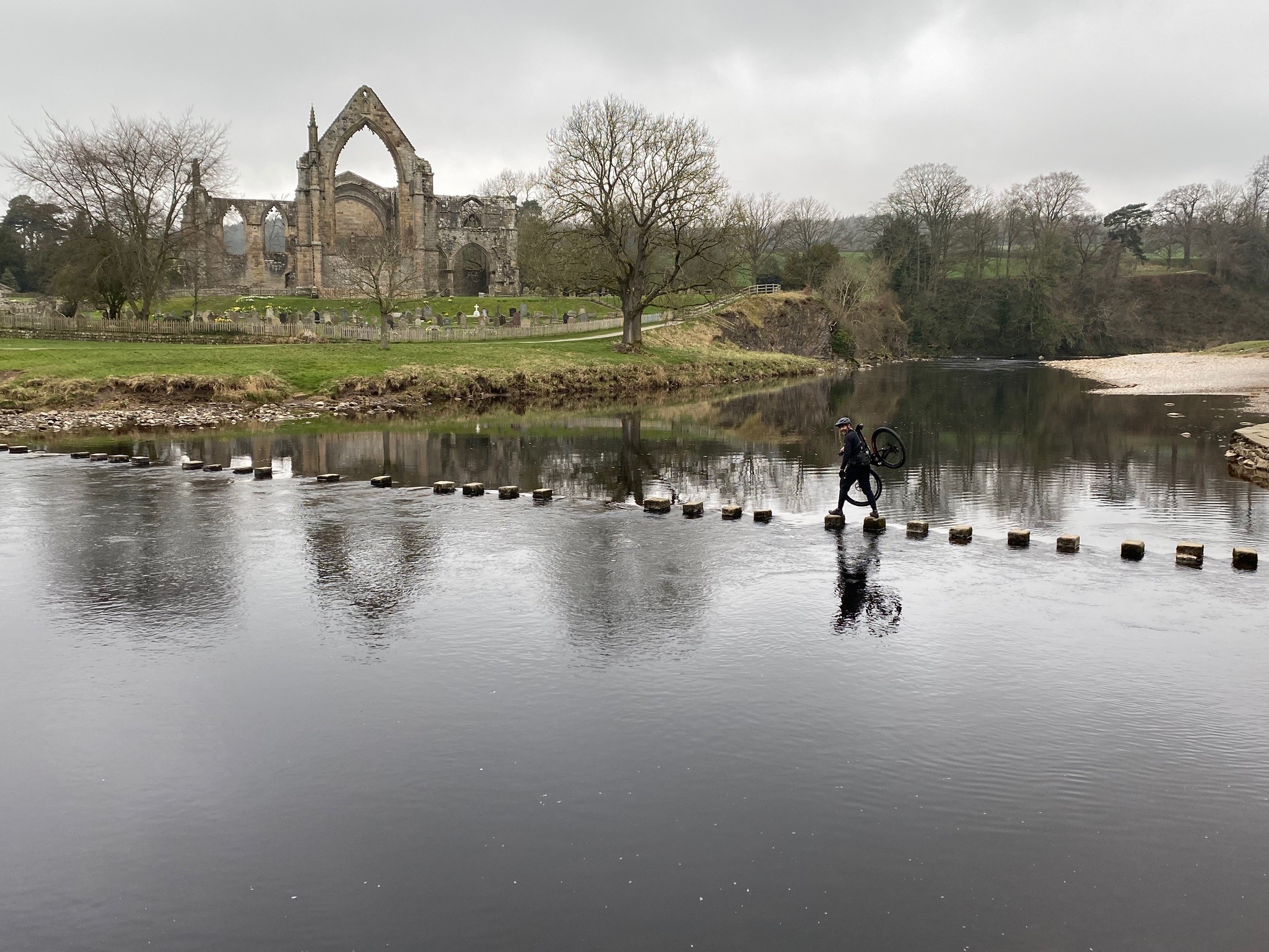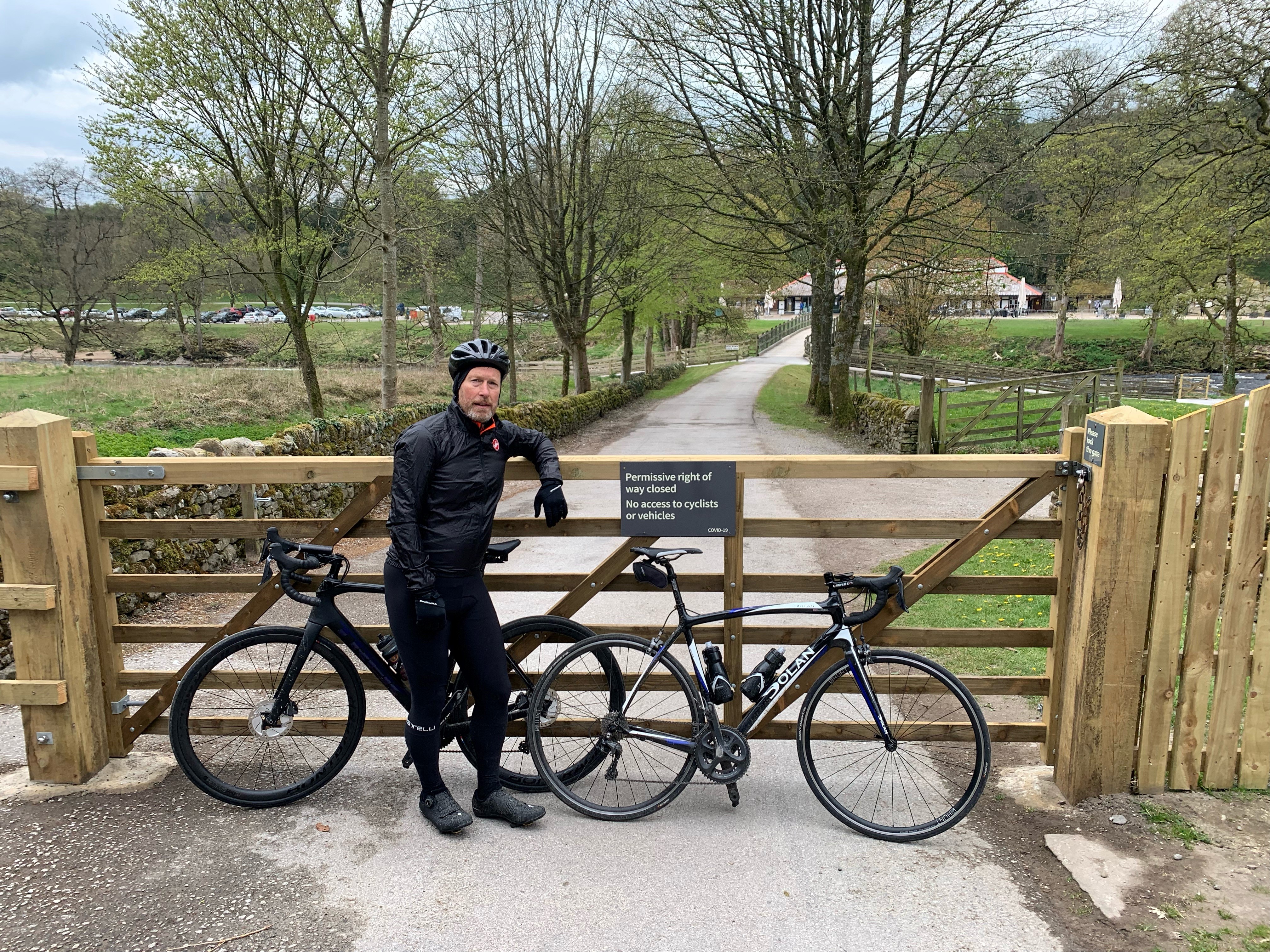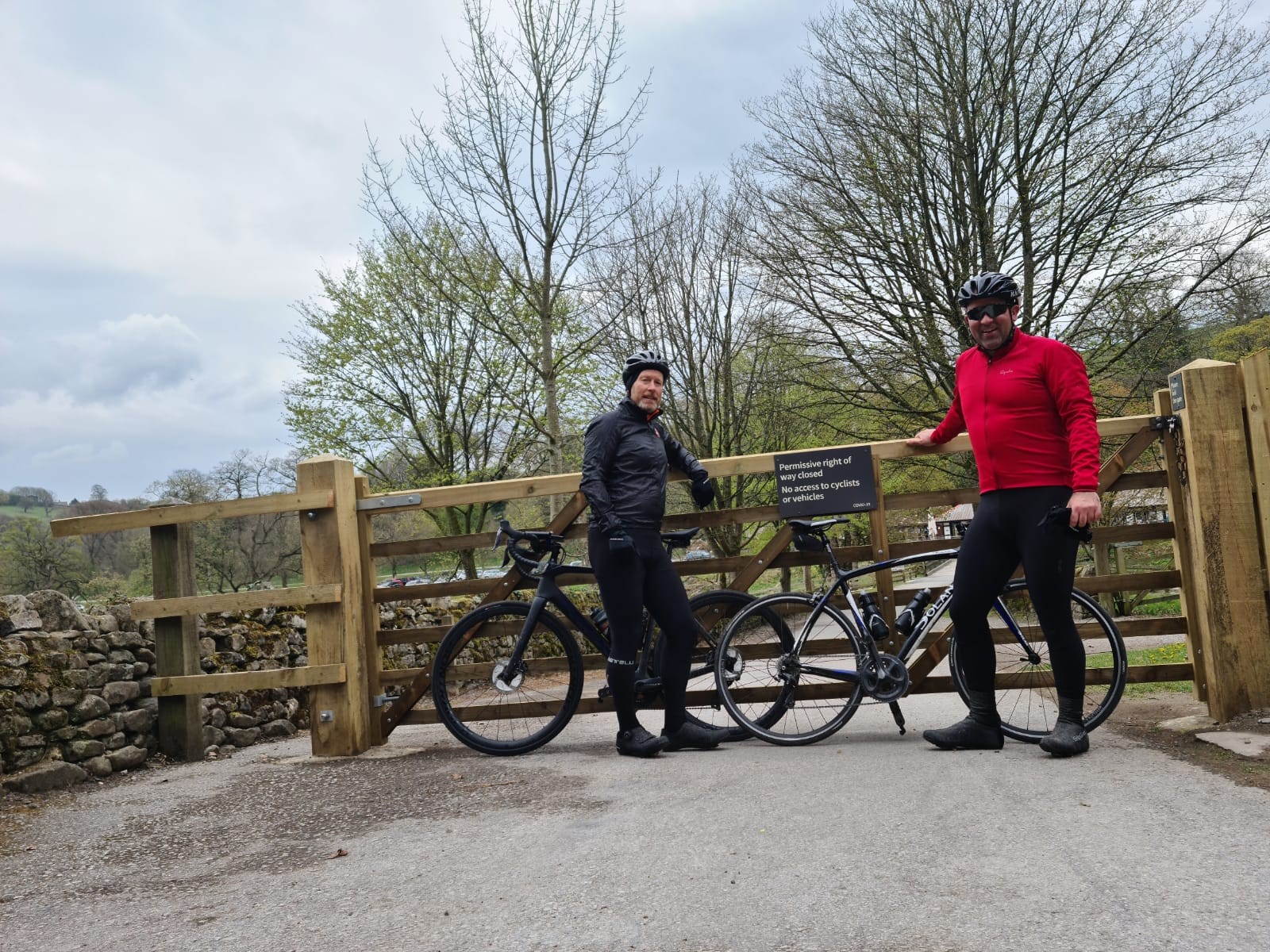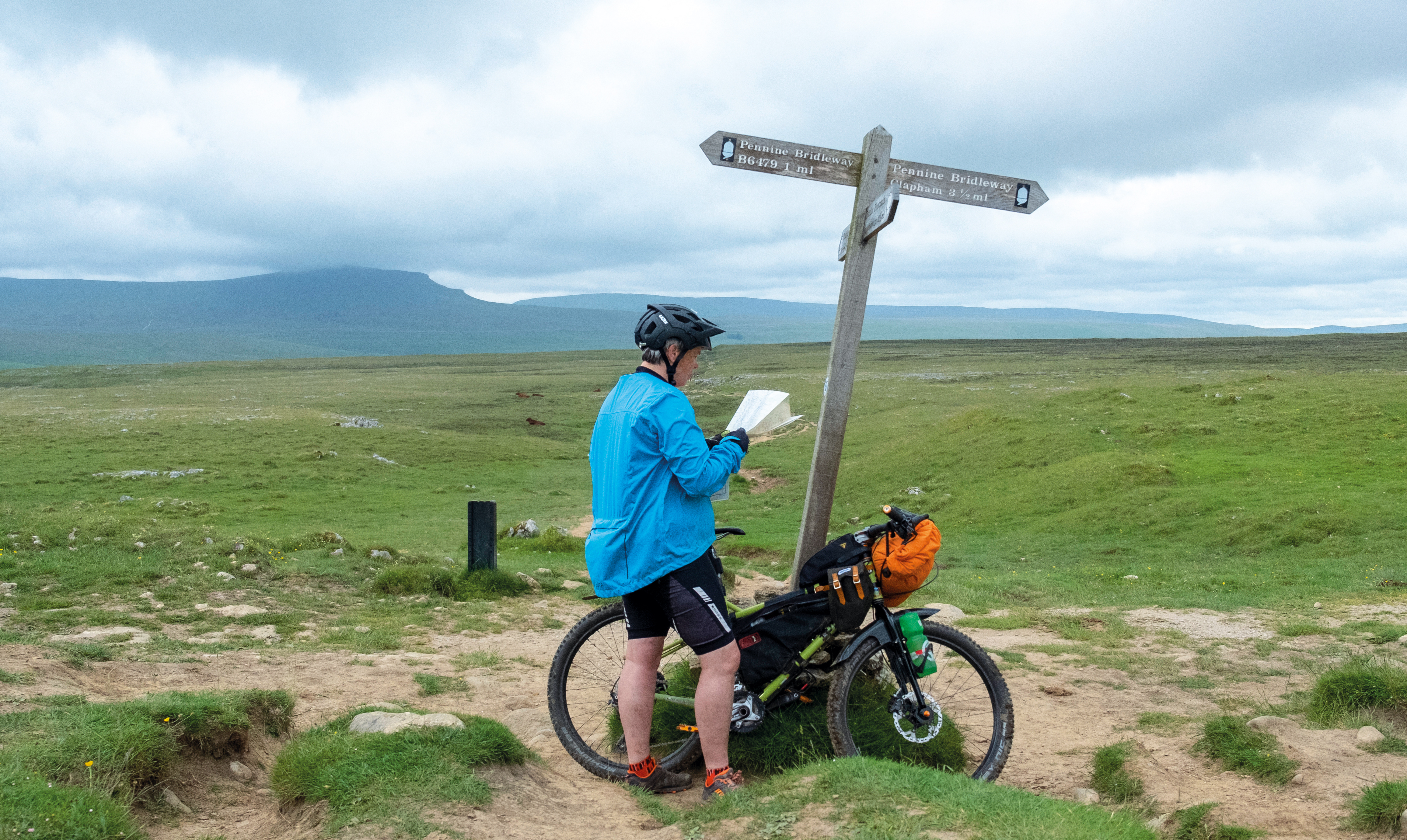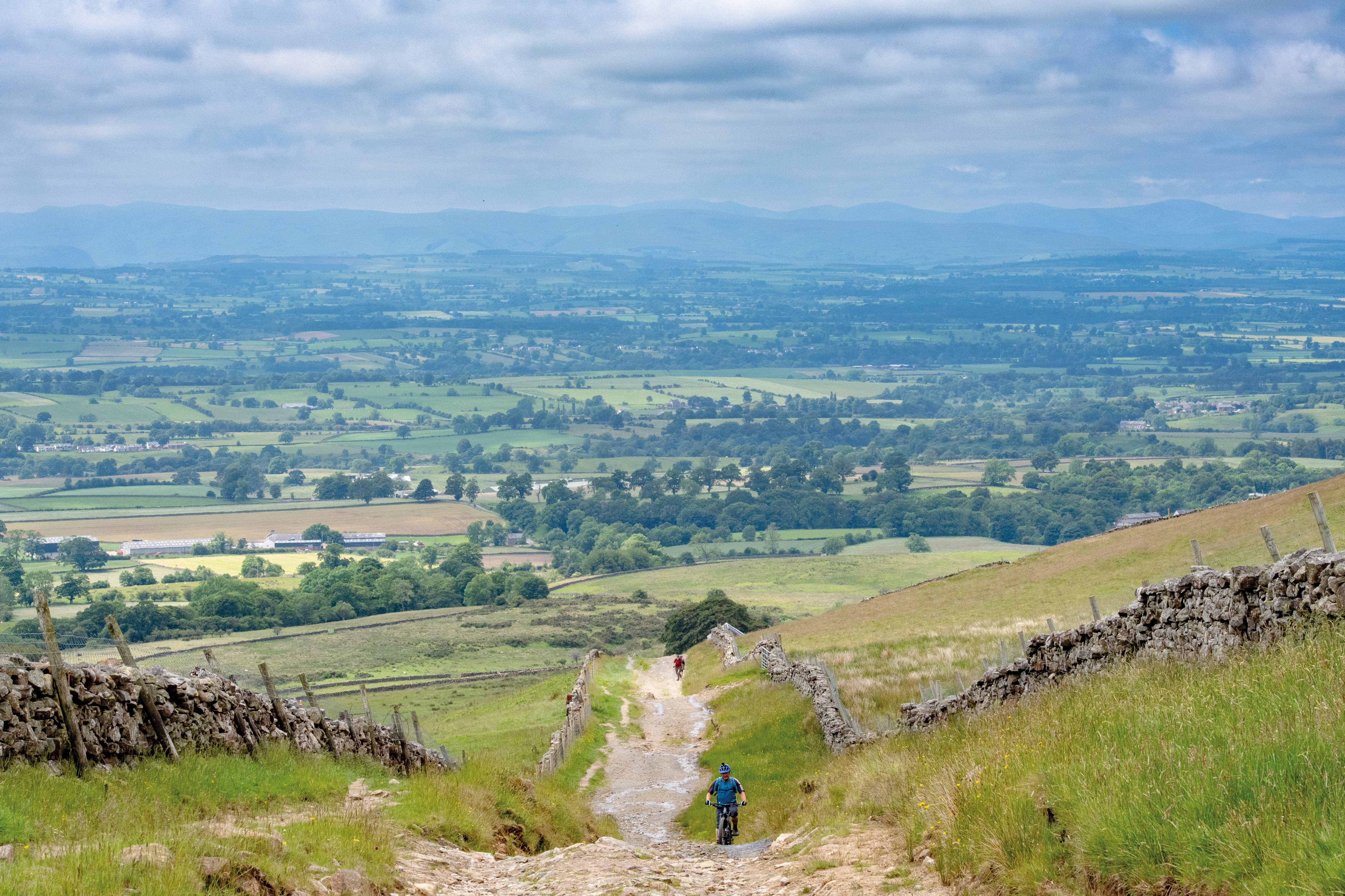Access or answers: both are elusive as the Bolton Abbey estate row goes on
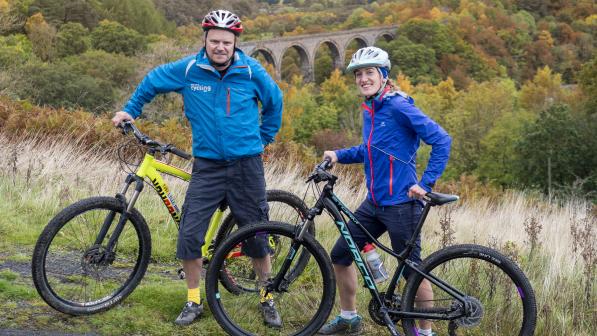
Last month, Cycling UK highlighted how cyclists were being denied access to parts of the Duke of Devonshire’s Bolton Abbey estate in the Yorkshire Dales. Despite the estate’s commitment that public access be “available all year on the public roads and permissive footpaths and bridleways” a number of ‘no cycling’ signs seeking to ban cyclists can be found on open moorland across the 30,000 acre estate.
After concerns were raised by members, Cycling UK spoke out on their behalf about the Duke of Devonshire’s estate claiming an inheritance tax and capital gains tax exemption, known as a conditional exemption, for providing public access to land which amounted to no more than what the public was already entitled to visit.
Following a lack of information about the terms of these arrangements, Cycling UK is pressing on with its efforts to find out whether the public is obtaining value for money for such exemptions for some of our wealthiest landowners, and whether once granted, these exemptions are ever reviewed, monitored or removed.
Owners of country estates or stately homes can claim these exemptions for allowing public access to all sorts of assets, such as to view nationally important works of art. Cycling UK asked Her Majesty's Revenue & Customs (HMRC) what undertakings the estate had made to gain its exemption status and whether it was asking the Bolton Abbey estate questions about the number of open moorland paths that it was trying to prevent cyclists from using.
Duncan Dollimore, head of campaigns for Cycling UK, said: “Other large country estates appear to be benefiting from the same tax perks, but with publicly available information on the right of access to estate land limited, it’s hard to know where cyclists and horse riders can go on these big estates. To date, people have not questioned why they haven’t been able to ride on estate land, because they simply haven’t been aware of the access undertakings which landowners may have made.”
Cycling UK tabled a Freedom of Information (FOI) request to HMRC to find out how well agreements about access were being checked and enforced, not just in Yorkshire but across the UK.
In its FOI request to HRMC, Cycling UK posed two questions:
- How many cases have HMRC investigated in the last seven years where the withdrawal of heritage asset conditional exemption had been considered?
- How many heritage asset conditional exemptions have been withdrawn over the same period?
In response, HMRC confirmed that it does hold the information asked for, but as the quantity of cases is “so low” the answer was being withheld. They justified that decision under section 44(1)(a) of the Freedom of Information Act, that providing an answer could lead to the identification of the person in question and would constitute a breach of confidentiality.
Cycling UK is seeking a review of the refusal to provide the information requested, but if this does not succeed, intends to pursue a complaint to the Information Commissioner; none of which should be required for what is essentially a request to find out two very small numbers.
At every turn, it seems HMRC doesn’t have much to say about either what discussions have been held with the Bolton Abbey estate or with any other landowner claiming a similar exemption
Duncan Dollimore, head of campaigns Cycling UK
Meanwhile, Mr Dollimore is still awaiting a more detailed response to his original letter, sent a month ago, asking HMRC four questions about the inheritance tax exemption enjoyed by the Bolton Abbey estate and a further Freedom of Information request asking to see a copy of the Heritage Landscape Management Plan that we’ve previously been denied and which is supposed to define clearly the conditions required, in return for the landowner's conditional exemption.
He said: “At every turn, it seems HMRC doesn’t have much to say about either what discussions have been held with the Bolton Abbey estate or with any other landowner claiming a similar exemption.”
Why does it matter?
Increasing outdoor access for cycling has always been a core part of Cycling UK’s off-road campaigning. Head off-road by bike in England or Wales, and you’ll often find yourself limited in where you can ride by a confusing array of archaic laws which exclude you from almost 80% of the rights of way network.
If you start to look at who owns what land, it’s clear that there are huge areas owned by a few major landowners, where allowing greater public access, and more access to people cycling, would really bring great public benefit without presenting conservation or other land management issues. After a year of many restrictions on our everyday lives, access to unspoilt natural landscapes is more important than ever for supporting mental wellbeing.
Cycling UK points out that opening up access to just a few of these large estates potentially provides great social and recreational opportunities for cyclists. It could enable us to link up inspiring places and provide a network of long-distance off-road cycle routes taking in some fantastic landscapes.
That was part of the inspiration in 2019, for developing the Great North Trail, an 800-mile route linking the Pennine Bridleway with the most northerly points of mainland Scotland, through four National Parks and rugged but stunning upland areas.
Pulling together such a long route inevitably involved a considerable amount of compromise and the route is not perfect. There are points where an ideal connecting trail is designated as a footpath rather than a bridleway and so we had to take the long way round and include on-road sections.
One such example is that the route can’t take riders past the iconic High Cup Nick in Cumbria because cyclists are not permitted to ride on a four-metre-wide tarmacked path which looks like a road but is classed as a footpath. This section also happens to be on a large landowner estate; the 55,000 acre Raby Estate.
We highlighted the problem at the time in this video and also that of the nearby Lambley Viaduct on a disused railway line where a small gap in the rights of way network results in a diversion onto a busy A road.
There are more than 300 conditional exemptions that have been granted on land, buildings, and their contents around the UK, and Cycling UK is looking into what's happened with other estates where the exemption appears to be based on allowing public access to land.
You can support our work in this area, by checking the map, and if there’s an estate near you which has an exemption, which would be eminently suitable for cycling through or within, but doesn't allow it, please let us know.

